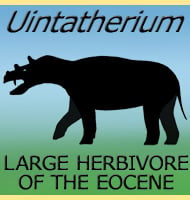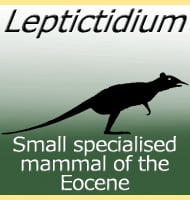Enaliarctos
In Depth Enaliarctos has been commonly included in books about prehistoric animals where it is credited as being the first pinniped, the groups that seals, sea lions and walruses all belong to. The 2009 description of Puijila however has taken some of the limelight away since this is even more primitive pinneped in form that … Read more

